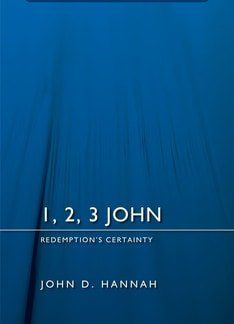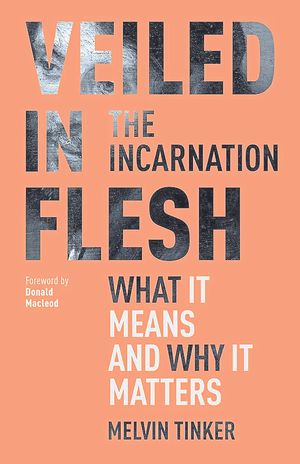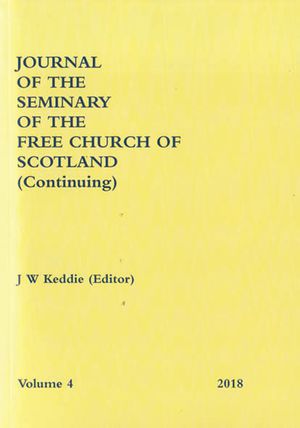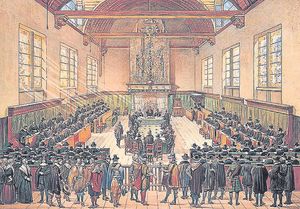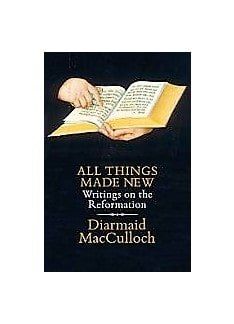The apostle John’s writings, especially his letters, are known to be a challenge to understand. The author of this commentary faces up to this fact. He acknowledges the profundity of John’s thoughts and the difficulty of his grammar. However, the book’s great strength stems from the writer’s conviction that there is a clarity to John’s message, which is thoroughly in union with the overall gospel message of the entire New Testament. This is seen through cross-referencing Paul’s letters and Hebrews.
John’s message may be summed up as: though we remain sinners after being born again, we nevertheless have certainty that we have eternal life. This is because God does not demand we become perfect in this life, but views us through the perfection of his Son, as Christ is our righteousness.
The Christian life is therefore one of struggle against sin. But the very struggle to love, not merely in word but also in practice, is itself evidence that God has worked a change in our hearts.
Because the subject matter is complex, the book is not easy to read. The author goes into considerable detail — admirably so — in examining Greek grammar and discussing various readings of John’s phrases. He often interrupts his sentences with fairly long parentheses which demand careful consideration. For this reason, this book is likely to appeal more to pastors and preachers accustomed to in-depth investigation than ordinary Christians.
The book works systematically through John’s letters. The exposition is punctuated by a series of parentheses — 40 in all — many of which are like mini applicatory sermons. This illustrates the author’s paramount concern for relevance to the Christian life. It is clear that the book was written in a prayerful spirit; frequently the author tells us of his prayer for himself and his readers in the light of his exposition. Overall, the book stimulates comfort and hope. This is apt and chimes in with the apostle’s own intention in writing.
In the course of the book there are some real gems: the motivation for witness on p.97 and p.98, and the definition of prayer on p.196 are noteworthy.
As the author says in the epilogue, there is ‘a majestic sweetness’ to John’s letters ‘that leaves the reader amazed and humbled’. What flows through the book, making it a profitable read, is the author’s obvious desire that we should all respond with prayerful amazement and humble prayer.
Jonathan Bayes
Thirsk

